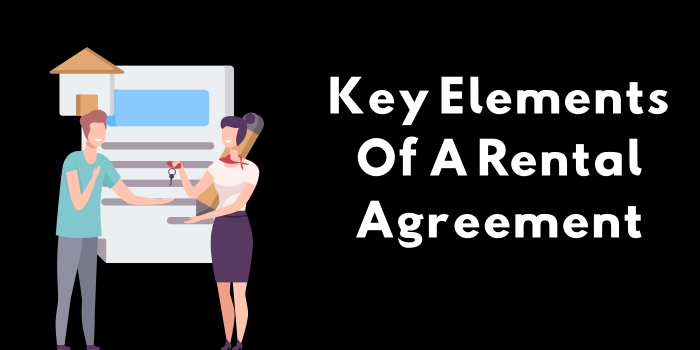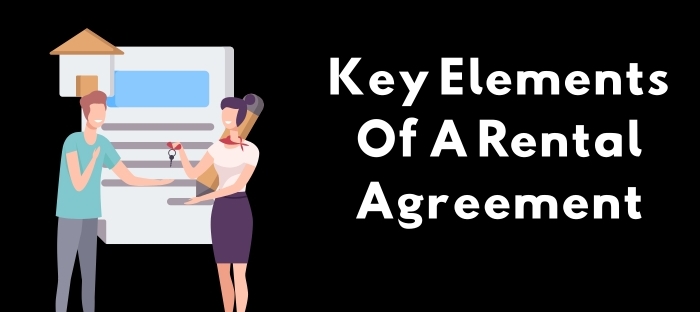
Table Of Contents
- Identification of Parties:
- Property Description:
- Lease Term:
- Rent Details:
- Security Deposit and Conditions:
- Maintenance and Repairs:
- Utilities and Services:
- Occupancy Limits:
- Pets Policy:
- Termination and Renewal:
- Rules and Regulations:
- Legal Dispute Resolution:
- Conclusion:
Renting a property is a significant transaction that involves multiple parties and legal considerations. A well-drafted rental agreement is crucial for ensuring a clear understanding between landlords and tenants. In this blog, we will explore the key elements that should be included in a rental agreement to protect the interests of both parties and maintain a harmonious landlord-tenant relationship.
Identification of Parties:
The rental agreement should begin by clearly identifying the parties involved – the landlord and the tenant. Include their full names, addresses, and any other pertinent contact information. This establishes the legal relationship between the two parties.
Property Description:
Provide a detailed description of the rented property, including its address and any specific details that define the premises. This ensures clarity and avoids confusion about the exact location and nature of the rental.
Lease Term:
Clearly outline the duration of the lease, specifying the start and end dates. Additionally, mention any renewal options or conditions for terminating the lease before the agreed-upon period.
Rent Details:
Include the monthly rent amount, the due date for payments, and the acceptable methods of payment. Clearly state any late fees or penalties for delayed payments to avoid misunderstandings.
Security Deposit and Conditions:
Define the amount of the security deposit, the conditions under which it can be withheld, and the timeline for its return after the termination of the lease. This section helps protect the landlord’s interests while providing transparency to the tenant.
Maintenance and Repairs:
Clearly outline the responsibilities of both the landlord and the tenant regarding maintenance and repairs. Specify which party is responsible for specific repairs and maintenance tasks, helping to prevent disputes over property upkeep.
Utilities and Services:
Clearly state which utilities and services are included in the rent and which are the responsibility of the tenant. This avoids confusion and ensures that both parties understand their financial obligations.
Occupancy Limits:
Specify the number of individuals allowed to occupy the property to prevent overcrowding and potential violations of local housing regulations.
Pets Policy:
Clearly define the landlord’s policy on pets, including whether pets are allowed, any restrictions on the type or size of pets, and any associated fees or deposits.
Termination and Renewal:
Outline the conditions under which either party can terminate the lease, including notice periods and any penalties for early termination. Additionally, provide details on lease renewal options.
Rules and Regulations:
Include any specific rules and regulations that tenants must adhere to, such as noise restrictions, parking regulations, or other property-specific guidelines.
Legal Dispute Resolution:
Specify the procedures for resolving legal disputes, including whether arbitration or mediation will be used and the jurisdiction for legal matters.
Conclusion:
In crafting a rental agreement, attention to detail is paramount. Including these key elements not only ensures a clear understanding between landlords and tenants but also helps prevent misunderstandings and potential legal issues. A comprehensive rental agreement is a valuable tool for creating a positive and transparent landlord-tenant relationship, fostering a living arrangement that benefits both parties.
